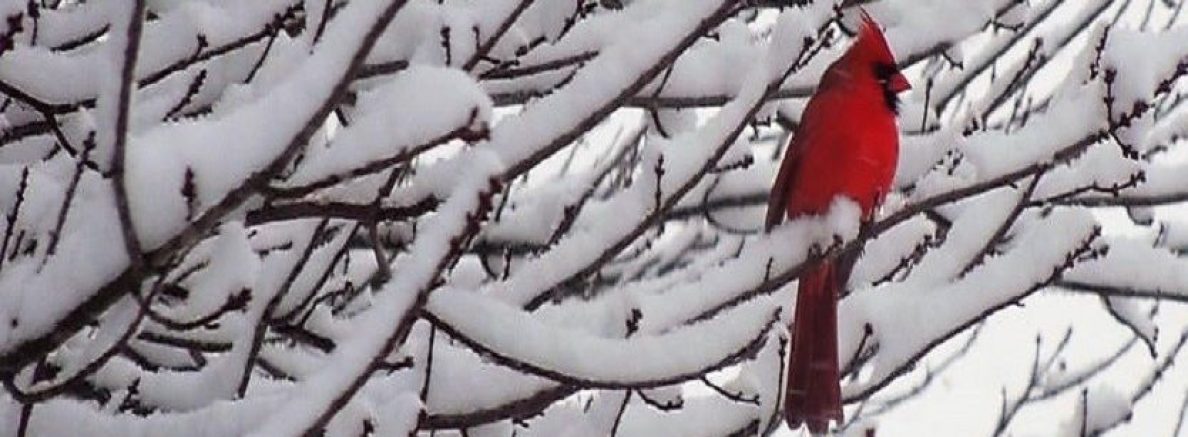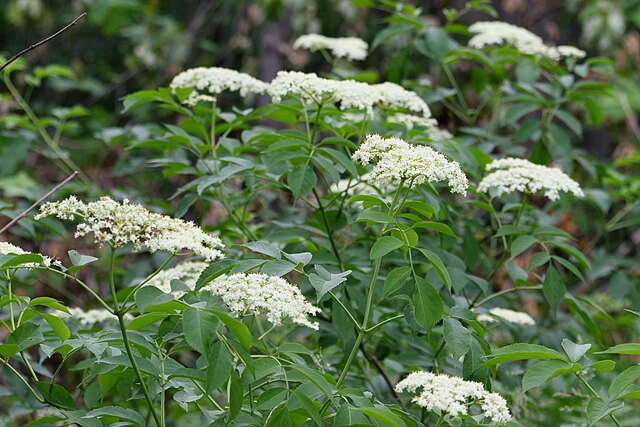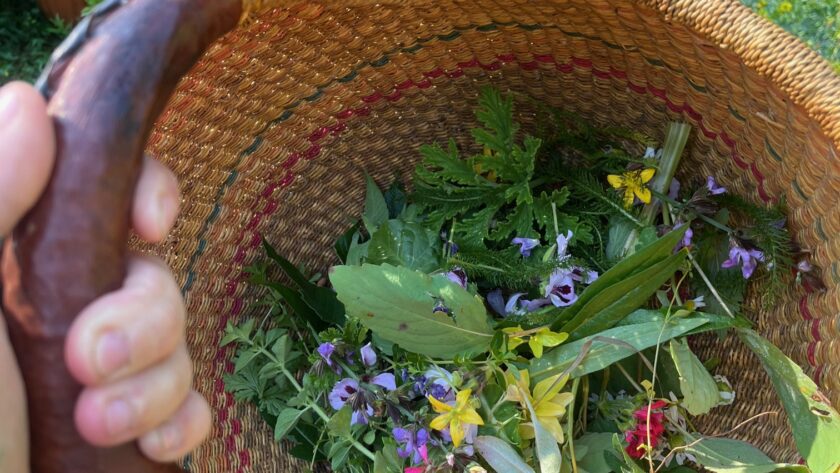

Years ago, I started reading books on Taoism. One Taoist concept I learned early on was the inevitability of change. Nothing stays the same, Taoists tell us. Things move, shift, grow, and fade, whether we’re paying attention or not.
Years later, I became interested in ecology, and I began to wonder: how do forests change? Specifically, I began to wonder how forests in the northeastern United States have changed over the past 400 years.
Turns out, I wasn’t the only one wondering about this. Ecologists have been trying to figure this out for a long time. What they’ve found is somewhat surprising and even a bit paradoxical:
After 400 years of intense land use, the northeastern forest is both largely unchanged and completely transformed.
How can that be? In a brand-new video, I explore this remarkable paradox.

One last thing: I have a surprise to share with you next Monday, so be sure to check your inbox!
— Adam Haritan















You must be logged in to post a comment.